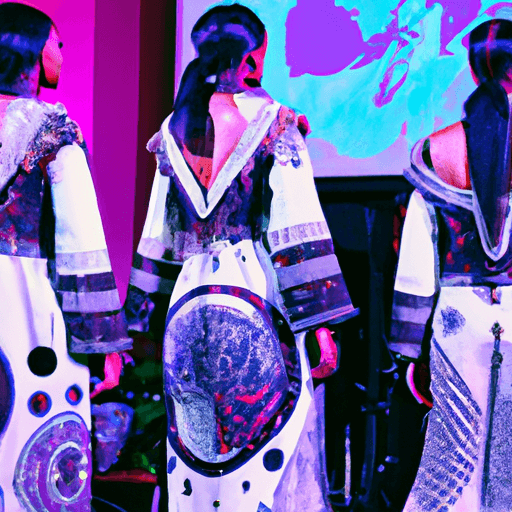The Fashion World and Indigenous Art
As the fashion world continues to evolve, it is substantially finding inspiration from diverse sources. One of these sources is indigenous art. Indigenous art includes the visual, performing, and literary works of native people worldwide. It is recognized by its distinctive use of materials, symbolism, and themes that reflect the cultural heritage and historical experiences of the people who create it.
The unique characteristics and representations expressed in indigenous art have captured the attention of modern fashion designers, prompting them to incorporate these elements into their designs. As a result, we are witnessing an amalgamation of traditional and contemporary aesthetics, forging bold and innovative fashion trends that keep evolving.
Indigenous Influence on Fashion
Indigenous art styles have enormous significance, embodying centuries of culture and tradition. They're being viewed as a treasure chest of inspiration for fashion designers who aim to bring something different to their design palette. Designers appreciate the indigenous art's mysterious allure, intriguing storylines, and sublime color palettes.
A number of global fashion brands and designers have delved into indigenous artistry for inspiration. For instance, Oscar de la Renta once designed a collection inspired by the native arts and crafts of the Russian Udmurt Republic. His collection sought to make these indigenous elements wearable for a modern and global audience. Similarly, Diane von Furstenberg's Journey of a Dress exhibition acknowledged the influence of Chinese Miao ethnicity's batik patterns over her iconic wrap dress.
Valuing Cultural Roots and Addressing Ethical Concerns
While celebrating the fusion of fashion and indigenous art, it is also essential to honor and respect their cultural origins. The challenge lies in acknowledging inspiration without falling into cultural appropriation. Cultural appropriation is an ethical concern that arises when elements of one culture are used or borrowed by another culture, without understanding, respect, or proper acknowledgment. This can cause offense and even loss of income to the indigenous cultures who originally created and still utilize these elements.
To address these concerns, it's vital that the fashion world promotes cultural appreciation rather than appropriation. This can be achieved through collaborations with indigenous artists, providing fair compensation, and giving credit to the source culture. Designers should also invest time in understanding the cultural significance of the elements they're using.
In conclusion, the fusion of indigenous art in modern fashion is an exciting trend fostering global cultural exchange. The key to navigating this path lies in respectful appreciation, mutual growth, and a deep understanding of the cultural histories embodied within indigenous art.


















Comments
Leave a Comment